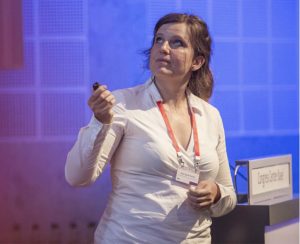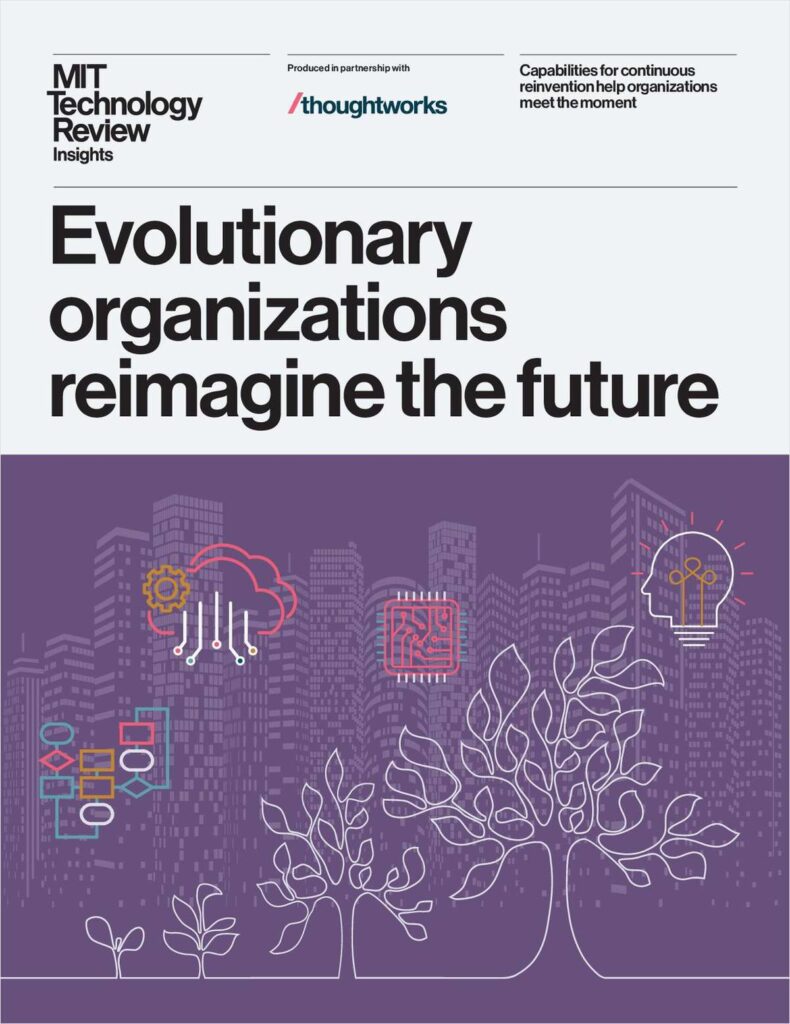
Alice-Agnes Gabriel
In this video from the PASC18 conference in Basel, Alice-Agnes Gabriel presents: Unravelling Earthquake Dynamics through Extreme-Scale Multiphysics Simulations.
“Earthquakes are highly non-linear multiscale problems, encapsulating geometry and rheology of faults within the Earth’s crust torn apart by propagating shear fracture and emanating seismic wave radiation. This talk will focus on using physics-based scenarios, modern numerical methods and hardware specific optimizations to shed light on the dynamics, and severity, of earthquake behavior. It will present the largest-scale dynamic earthquake rupture simulation to date, which models the 2004 Sumatra-Andaman event – an unexpected subduction zone earthquake which generated a rupture of over 1,500 km in length within the ocean floor followed by a series of devastating tsunamis. The core components of the simulation software will be described, highlighting the benefits of strong collaborations between domain and computational scientists. Lastly, future directions in coupling the short-term elastodynamics phenomena to long-term tectonics and tsunami generation will be discussed.”
Alice-Agnes Gabriel is an Assistant Professor of Geophysics at Ludwig Maximilian University of Munich. She received a PhD in seismology from ETH Zurich in 2013. She fuses expertise from Earth science, physics and computational mathematics to study the fundamentals of earthquake physics and develop methodological innovations for seismology. She is specifically interested in simulating waves and rupture processes within arbitrarily complex geological structures to enhance classic probabilistic seismic hazard assessment and a wide range of industry applications. Her career is distinguished by first-rate earthquake scenarios realized on some of the largest supercomputers worldwide.




